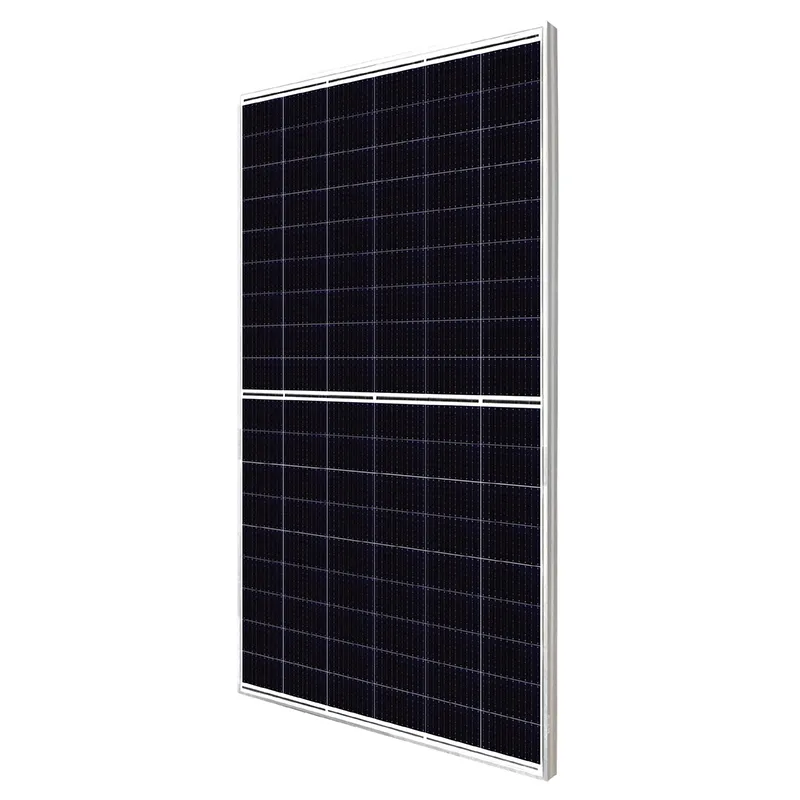on grid inverter
Understanding On-Grid Inverters A Key Component of Solar Power Systems
In the evolving landscape of renewable energy, solar power stands out as one of the most promising sources. Central to harnessing solar energy effectively are on-grid inverters, which play a critical role in converting the direct current (DC) generated by solar panels into alternating current (AC) that can be fed into the electricity grid.
An on-grid inverter, also known as a grid-tie inverter, is designed to synchronize with the utility grid. This means it ensures that the electricity produced by your solar panels matches the voltage and frequency of the grid. When sunlight hits the solar panels, they generate DC electricity. This current must be transformed into AC electricity—required by most household appliances and the grid—using an inverter. Without this conversion, the energy generated by solar panels could not be utilized effectively.
Understanding On-Grid Inverters A Key Component of Solar Power Systems
On-grid inverters also come with advanced features and technologies. Many modern inverters are equipped with monitoring systems that allow users to track energy production in real-time. This monitoring can help identify issues in energy generation, ensuring that the solar panel system operates at peak efficiency. Some inverters also incorporate safety features that disconnect the system during outages or maintenance work, protecting both the solar system and utility workers.
on grid inverter

Moreover, on-grid inverters are generally less expensive than off-grid systems. They do not require additional investments in battery storage, which can be quite costly and complex. This makes on-grid solutions particularly appealing for urban homeowners who may have limited space for battery systems and who primarily rely on the grid for energy storage.
However, on-grid inverters are not without limitations. They rely entirely on the grid, meaning that during power outages, solar energy production cannot provide backup power to the home unless a battery storage system is included in the setup. This can be a crucial consideration for those who live in areas prone to blackouts.
Another consideration is the environmental impact. While using solar energy reduces carbon emissions and dependence on fossil fuels, the production and disposal of solar panel components and inverters themselves can have environmental repercussions. It’s vital for manufacturers to adopt sustainable practices throughout the product’s life cycle.
In conclusion, on-grid inverters are essential for maximizing the benefits of solar power systems. They facilitate the conversion of solar energy into usable electricity, allow for excess energy to be fed back into the grid, and help consumers reduce costs while promoting environmental sustainability. As technology advances, the future of on-grid inverters looks promising, with potential enhancements further improving their efficiency and functionality. Adopting such technology not only supports individual energy needs but also contributes to a greener future for all.
-
String Solar Inverter: The High-Efficiency Solution for Smart Solar EnergyNewsJul.14,2025
-
Revolutionizing Rooftop Energy with the Power of the Micro Solar InverterNewsJul.14,2025
-
Power Independence with Smart Off Grid Solar Inverter SolutionsNewsJul.14,2025
-
On Grid Solar Inverter: Powering the Future with Smart Grid IntegrationNewsJul.14,2025
-
Monocrystalline Solar Panels: High-Efficiency Power for the Future of Clean EnergyNewsJul.14,2025
-
Bifacial Solar Panel: A Smarter Investment for Next-Generation Energy SystemsNewsJul.14,2025







